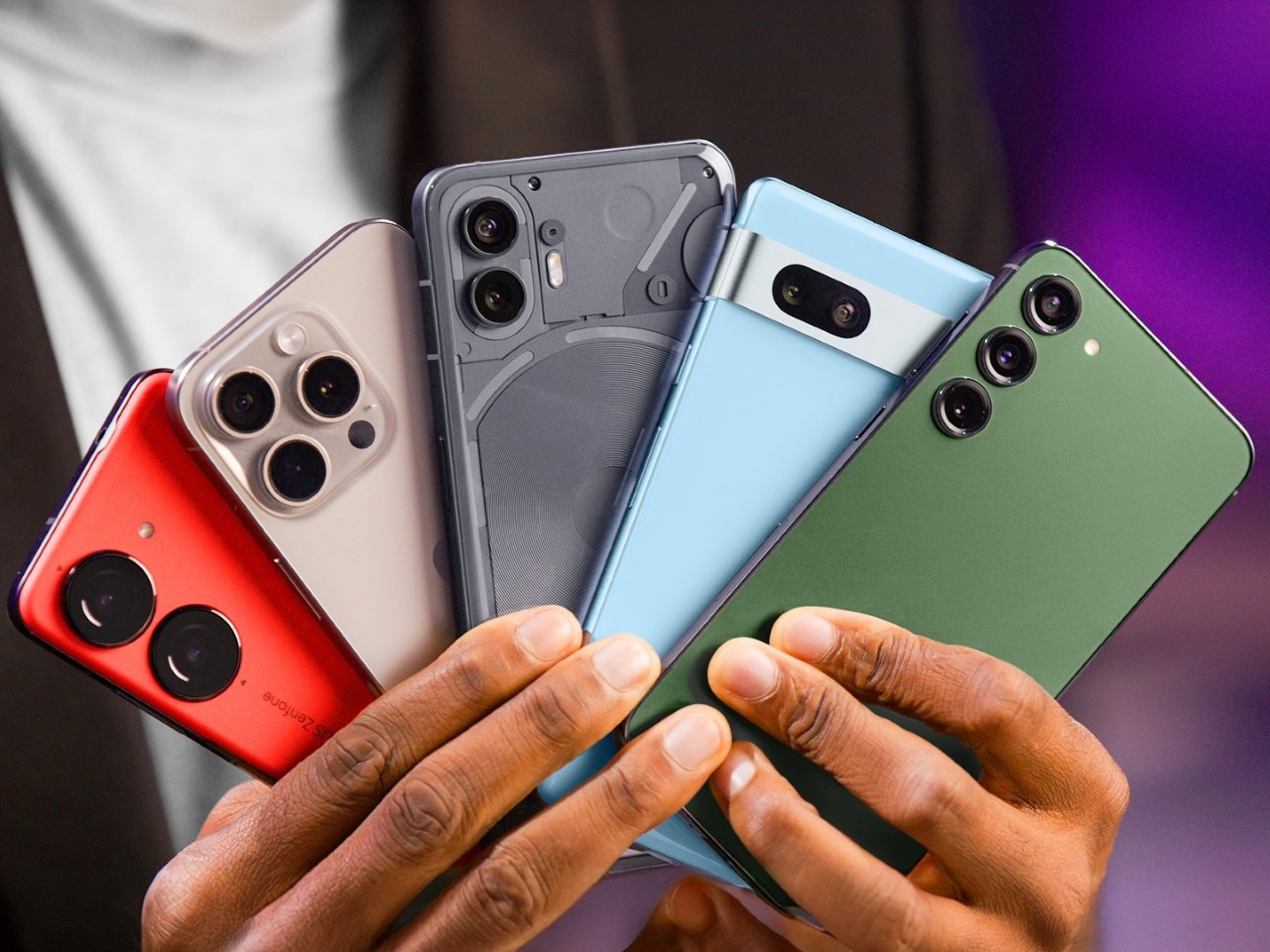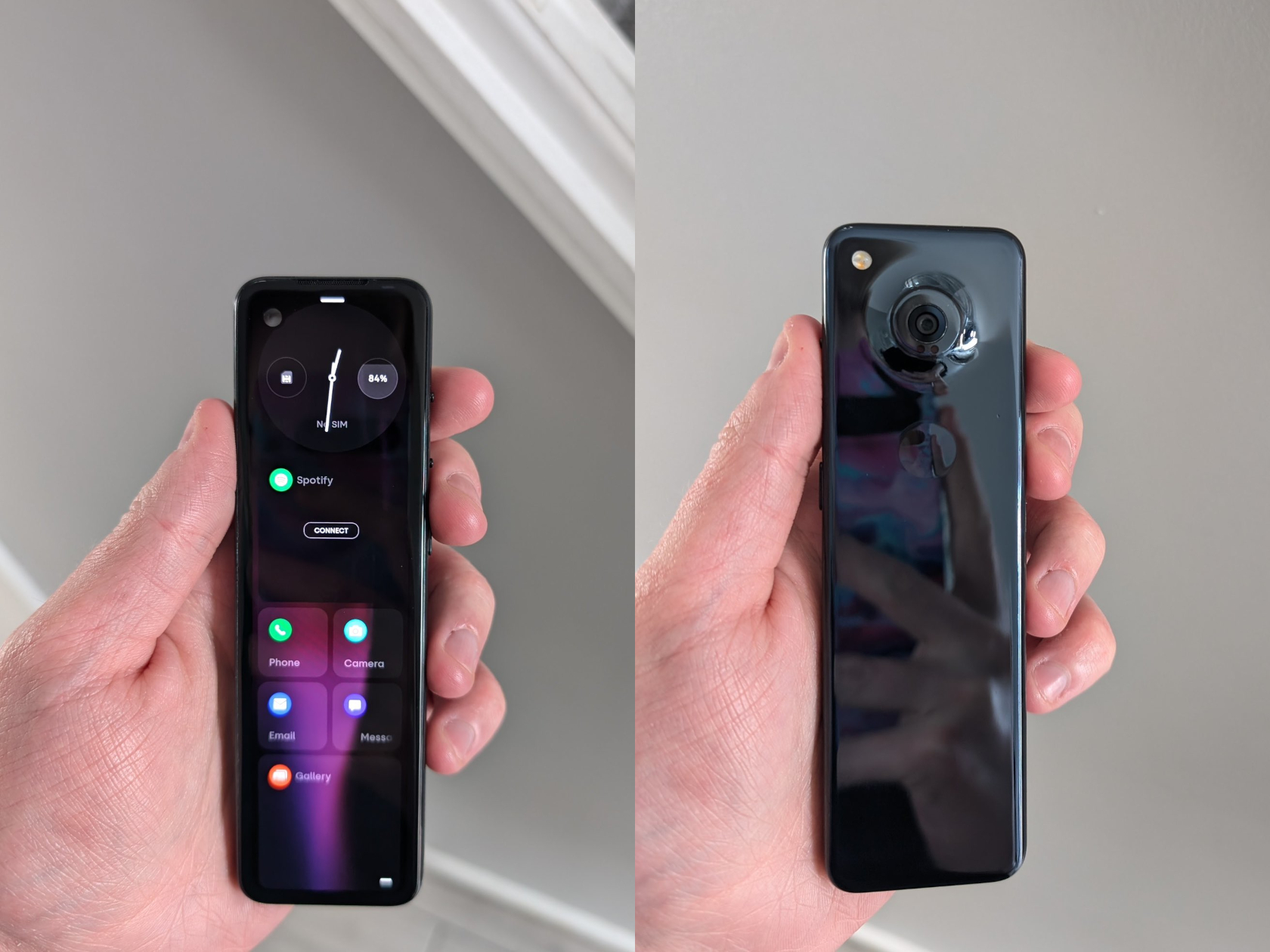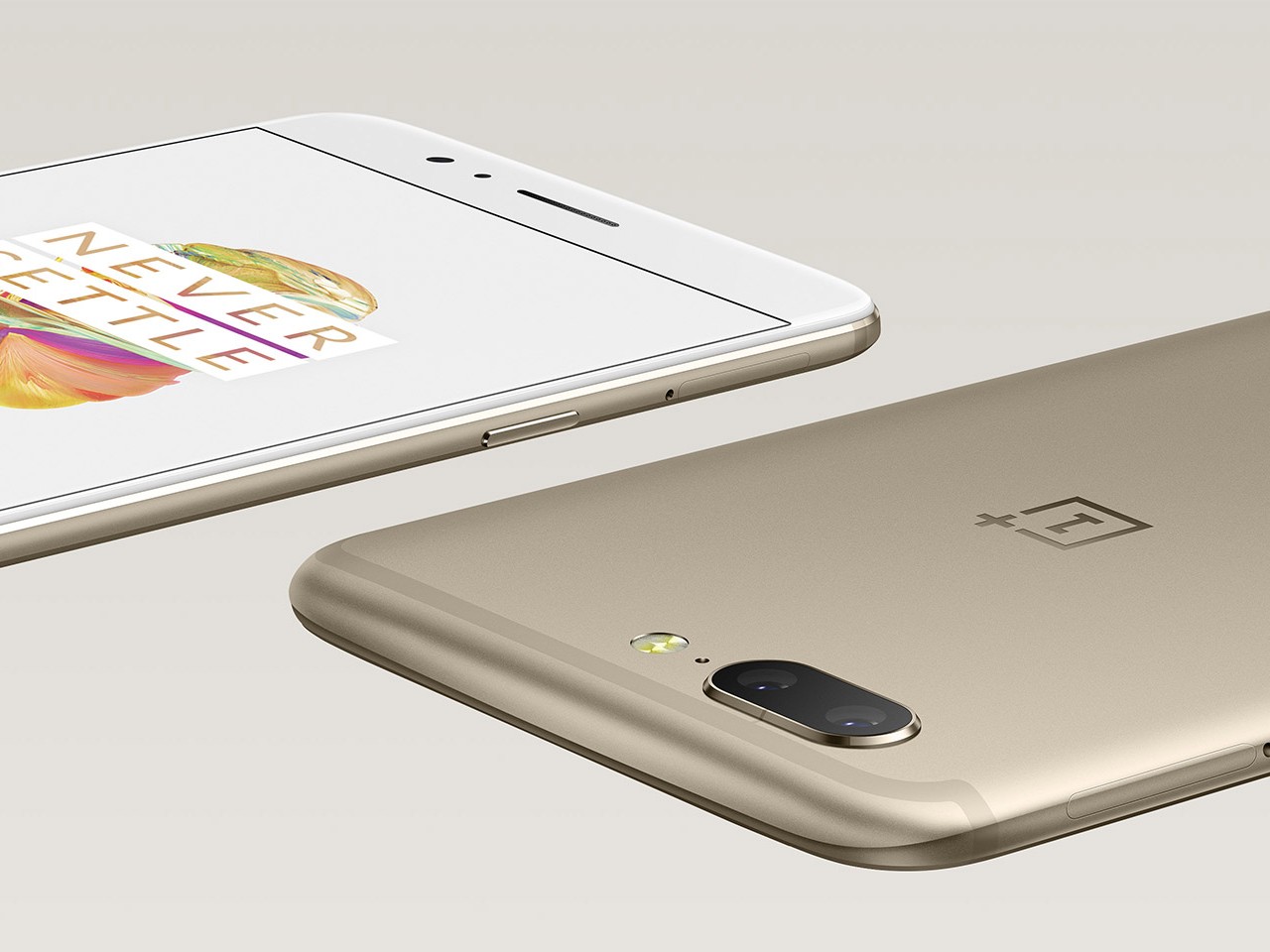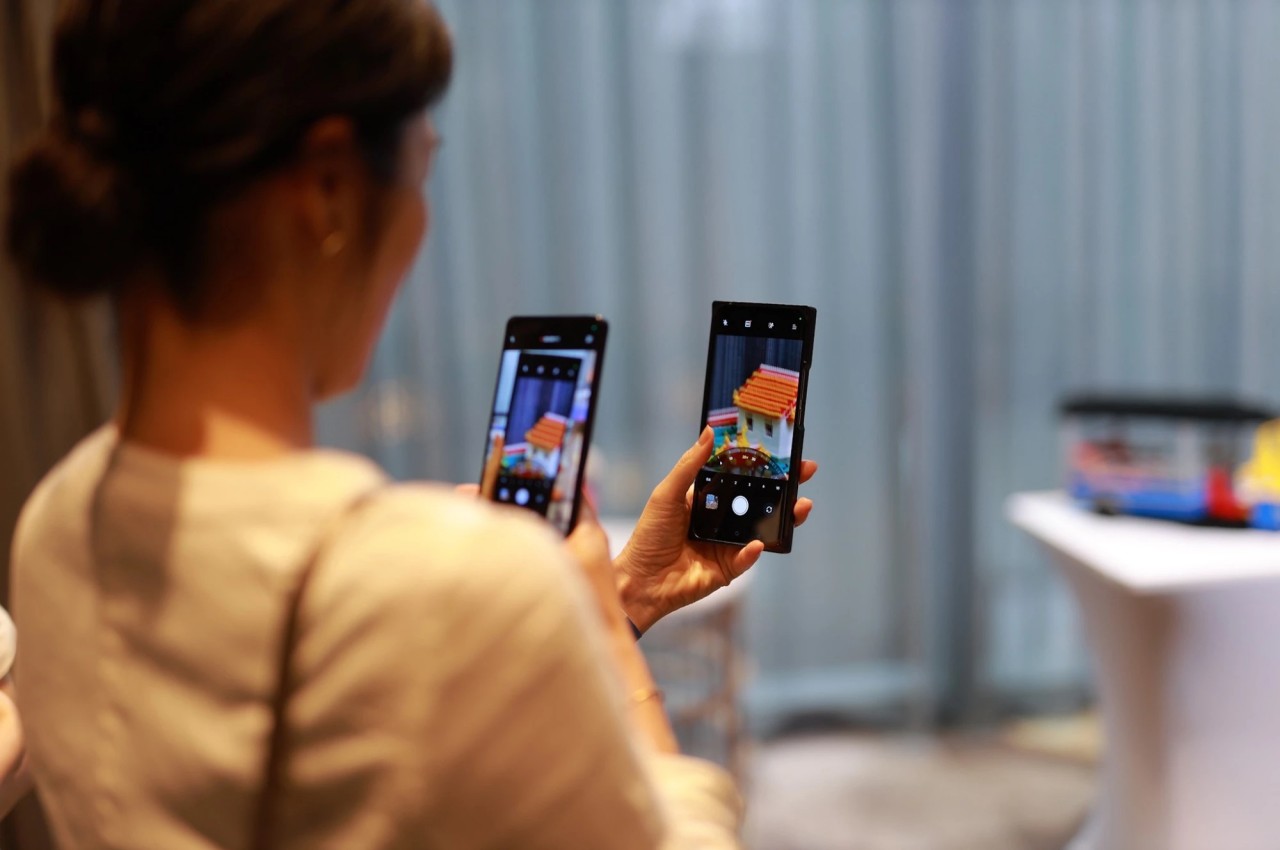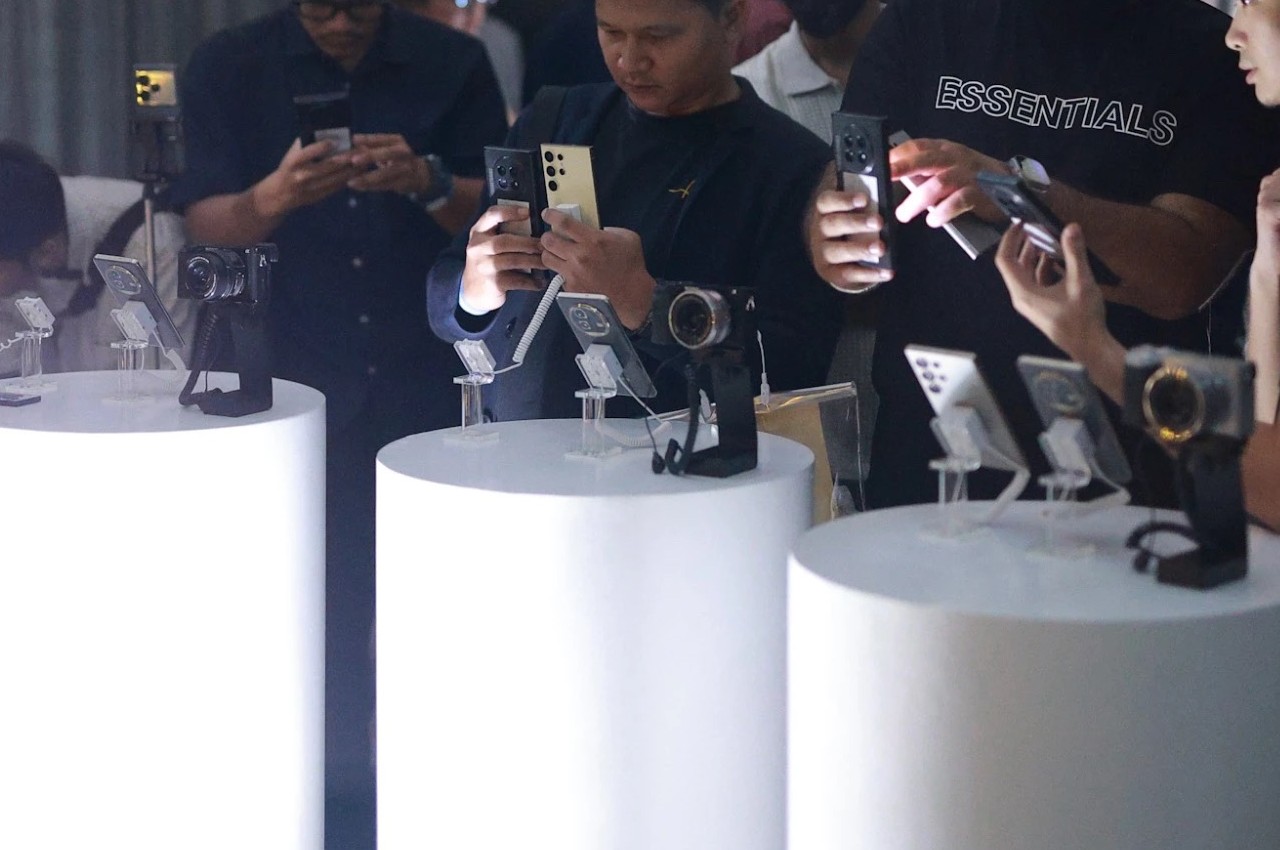
PROS:
- Sleek profile and stylish design
- Good battery life and fast charging
- Included wireless charger
CONS:
- Underwhelming Camera capability
- No ultrawide camera
On March 18th of this year, Infinix unveiled its NOTE 40 series at the iconic Sepang International Circuit in Malaysia. The choice of venue was no coincidence; the world-renowned Formula 1 racetrack served as the perfect backdrop to showcase the NOTE 40’s speed and performance. Among the NOTE 40 Series announced at the event was the Racing Edition in collaboration with BMW Deisgnworks. Now, the Infinix NOTE 40 Series Racing Edition has become available globally.
While smartphone collaborations with car brands aren’t uncommon, the opportunity to review the Racing Edition as a motorsports enthusiast was irresistible. The Note 40 Pro+ 5G Racing Edition Gift Box I received included a plethora of speed-inspired gadgets and goodies beside the phone, including the XWATCH 3 WE, XBUDS 3 WE, a 68W GaN fast charger, a USB-C to USB-C braided cable, MagPower wireless power bank, MagWallet, sunglasses, and a keychain. While these accessories undoubtedly contribute to the overall package, this review will focus exclusively on the smartphone itself.
Designer: Infinix

Aesthetics
The Infinix NOTE 40 Pro+ 5G Racing Edition comes in Racing Gray while the regular model offers a choice of Vintage Green with a vegan leather finish or Obsidian Black with matte texture. The Racing Edition showcases what Infinix calls “Wings of Speed”, featuring dynamic vertical ridges on its back panel that evoke a sense of motion. The sleek ridges are crafted through a UV transfer printing process. Composed of composite materials, the ridged texture not only enhances tactile satisfaction but also captivates with shifting lights and shadows as the phone moves.
The phone sports a rectangular-shaped camera module on its back panel, housing a triple camera setup, an Active Halo, and BMW’s iconic tri-color emblem, as you’d expect. The Active Halo offers customizable AI lighting for notifications, gaming, charging, and more, and can also function as a fill light for enhanced photography and videography. The camera module’s minimal protrusion contributes to the phone’s sleek profile, complemented by the Infinix logo and 5G insignia in grey which are positioned vertically at the lower left of the back panel, ensuring a minimalist and polished appearance.

Ergonomics
Merely 8.1mm thin, the phone is sleek and fits comfortably in your hand. Weighing 190g and measuring 6.47 x 2.93 x 0.32 inches, it’s effortlessly portable. The slim profile, coupled with curved edges and a textured back panel, provides excellent grip without digging into your hands, ensuring it won’t slip out of your hands. While a textured finish enhances grip, it is not free from fingerprints and smudges, although a lot less noticeable compared to glossy non-textured surfaces.
To utilize the phone’s wireless magnetic charging feature, you’ll need to attach the included magnetic case. While the case itself is a simple black design, it thankfully maintains the same leather-like texture found on the back panel of the Vintage Green model, preserving the phone’s overall grip and feel.

As for the placements of buttons and ports, the power button and the volume locker are located on the right side of the phone, and nothing on the left. The top of the device houses the speaker grill, microphone, and IR blaster while the bottom houses the dual nano-SIM card tray, microphone, UBC-C port, and speaker grill.
Performance
Aside from its distinctive Race Edition back panel design and customized UI, the rest of the device is the same as its regular NOTE 40 Pro+ 5G counterpart. Emphasizing speed and performance, it runs on the MediaTek Dimensity 7020 5G chipset paired with a generous 12GB of RAM (expandable virtually to 18GB) and 256GB of UFS 2.2 storage. This hardware combination ensures smooth multitasking and efficient app handling, making it suitable for both casual use and more demanding tasks.


Running on Infinix’s XOS 14 based on Android 14, the device delivers a smooth user experience. The phone comes with a special Racing Edition wallpaper and UI. While the exclusive wallpaper is a nice touch, users hoping for multiple options might be disappointed. Fortunately, the device offers a vast library of wallpapers both on-device and online. Additionally, Infinix’s AI Wallpaper Generator lets you create custom wallpapers, with up to six daily creations. Moreover, Infinix introduced AI Wallpaper Generator, allowing users to create up to six custom wallpapers daily, enhancing personalization options for users who enjoy changing their phone’s look frequently. As for support, Infinix offers two major Android updates and three years of security patches.

One of the standout features of the phone is the robust battery and versatile charging options. Sporting a 4,600mAh battery, the device supports rapid 100W wired charging and convenient 20W wireless charging. Infinix goes the extra mile by including a 100W charger, a MagCase, and a MagPad wireless magnetic charger in the box. Additionally, Infinix offers a sleek Qi wireless power bank with a 3020mAh capacity. And, if you want to charge your other device, Note 40 Pro+ 5G is capable of reverse charging, although the included MagCase is needed to utilize this feature.

Equipped with Infinix’s first self-developed Cheetah X1 chip and features All-Round FastCharge 2.0, the device optimizes battery health and charging efficiency. There are three different charging modes that cater to your needs. Smart Charge offers optimal charging speed, while Hyper Charge delivers an impressive 50% charge in just 8 minutes. For those concerned about overheating, Low-Temp Charge gently charges the device to maintain a comfortable temperature. Additionally, AI Charging Protection safeguards battery longevity by learning charging patterns and preventing overcharging. In real-world testing, the battery easily lasted a full day of intense use on a single charge, and charging speeds were remarkably close to the advertised speeds.


The Note 40 Pro+ 5G boasts a 6.78-inch curved AMOLED display with a resolution of 1080p, a refresh rate of 120Hz, and a peak brightness of 1,300 nits. The display is safeguarded by Corning Gorilla Glass, although the specific generation is unspecified. While there is no LTPO technology implemented, which is understandable given the phone’s budget-friendly price point, there is an auto-switch option that automatically adjusts the refresh rate to 60Hz or 120Hz based on content and battery life, balancing performance and power efficiency. The dual speakers branded with JBL professional tuning certification deliver good sound, enhancing the multimedia experience with clear audio output and immersive viewing.




While the Note 40 Pro+ 5G’s performance and battery life are commendable, its camera capabilities are less impressive. The Infinix NOTE 40 Pro+ 5G boasts a triple camera system consisting of a 108MP main camera with f/1.75 aperture and OIS, a 2MP macro with F/2.4 aperture, and a 2MP depth sensor. The 108MP main sensor captures decent shots in well-lit conditions, but color accuracy can be over-saturated. The macro photos are grainy and non-usable, although I’m certain not many people care about this. The 32MP front-facing camera provides passable selfies under optimal lighting conditions but struggles in low-light environments, resulting in softer details and increased noise.

1x

2x

1x

3x
Sustainability
Infinix has positioned itself as a youth-centric brand with a strong commitment to sustainability and social responsibility. The company’s partnership with UNESCO to promote STEM education globally is a testament to this commitment.
While features like the Note 40 Pro+ 5G’s IP53 rating, Corning Gorilla Glass protection, and battery optimization contribute to device longevity and reduce environmental impact, they represent only part of the sustainability equation. A comprehensive approach encompassing material selection, repairability, and end-of-life management is essential for creating truly eco-friendly smartphones. Given Infinix’s established dedication to social responsibility, we hope that the brand will continue to innovate in these areas.


Value
Priced competitively at $329, the Infinix NOTE 40 Pro+ 5G Racing Edition offers excellent value with its combination of design, display quality, and robust performance. Despite some camera performance limitations, it remains a solid choice for budget-conscious consumers looking for a stylish and capable smartphone that delivers on speed and endurance. The inclusion of essential charging accessories, such as the 100W charger, MagCase, and MagPad, further enhances its appeal, making it a standout choice in the budget smartphone market.
Verdict
The Infinix Note 40 Pro+ 5G Racing Edition is a stylish and capable mid-range smartphone with strong points in design, display, and battery life. The incorporation of racing-inspired aesthetics, such as the dynamic ridged back panel and the exclusive Racing Edition UI, adds a unique flair that resonates with enthusiasts of speed and performance. While the camera could benefit from improvements, the device’s overall package is solid. Infinix and BMW Deisgnworks have successfully captured the essence of speed and performance with this model, making it an attractive choice for those seeking a reliable, stylish smartphone that embodies the thrill of racing and the promise of speed.

The post Infinix NOTE 40 Pro+ Racing Edition Review: A high-speed performance for motorsports fans first appeared on Yanko Design.
